Home>Gardening & Outdoor>Plant Care & Gardening Tips>How To Winterize Garden Mums
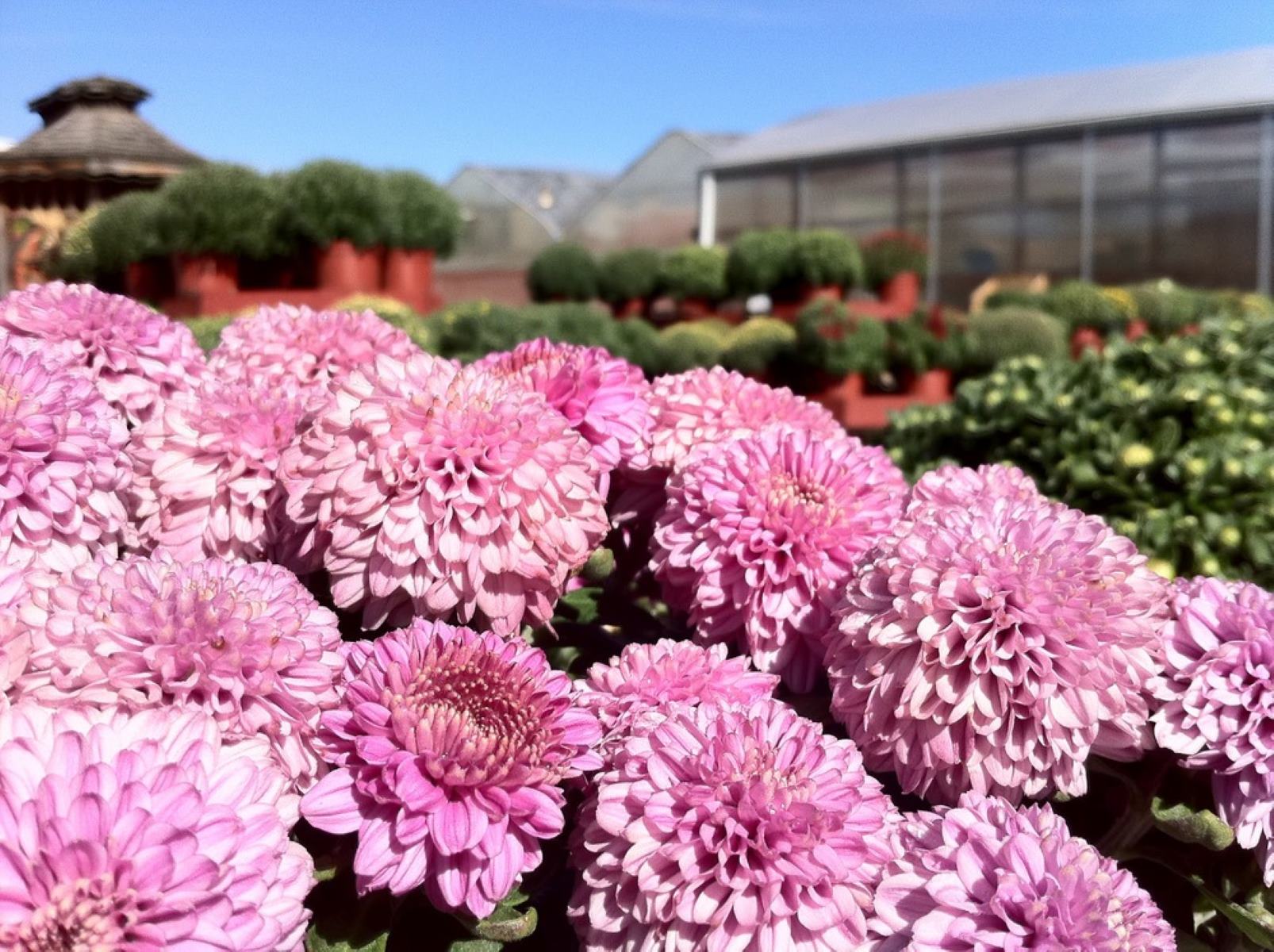

Plant Care & Gardening Tips
How To Winterize Garden Mums
Modified: March 2, 2024
Learn how to properly winterize your garden mums with our expert plant care and gardening tips. Keep your mums healthy and thriving through the winter months.
(Many of the links in this article redirect to a specific reviewed product. Your purchase of these products through affiliate links helps to generate commission for Storables.com, at no extra cost. Learn more)
Introduction
As the vibrant colors of autumn begin to fade and the crisp air of winter approaches, it's essential to prepare your garden mums for the colder months ahead. Winterizing your garden mums is crucial to ensure their survival and promote healthy growth when spring returns. By taking the necessary steps to protect these resilient plants, you can enjoy a stunning display of blooms year after year.
Preparing your garden mums for winter involves a combination of pruning, mulching, and providing adequate protection from frost. These steps are essential for safeguarding the plants from harsh winter conditions and encouraging their dormancy. Additionally, proper watering and storage techniques for potted mums are crucial to maintain their vitality during the dormant period.
In this comprehensive guide, we will explore the essential steps to winterize your garden mums, ensuring that they remain resilient and ready to flourish when the warmer days return. From cutting back the foliage to safeguarding the roots and providing the right amount of moisture, each step plays a vital role in preparing your mums for the winter season.
By following these guidelines, you can effectively protect your garden mums from the potential damage caused by freezing temperatures and ensure that they emerge healthy and vibrant when spring arrives. Let's delve into the details of each step to equip you with the knowledge and confidence to successfully winterize your garden mums.
Key Takeaways:
- Prepare your garden mums for winter by cutting back the foliage, applying a protective layer of mulch, and safeguarding them from frost. Proper watering and storing potted mums are crucial for their resilience and vibrant regrowth in spring.
- Winterizing your garden mums involves proactive steps like cutting back, mulching, protecting from frost, proper watering, and storing potted mums. These measures ensure their survival and vibrant resurgence when the warmer days return.
Read more: How To Keep Mums Over Winter
Step 1: Cutting Back
As the vibrant blooms of autumn begin to wane, it's time to initiate the process of preparing your garden mums for the upcoming winter. The first crucial step in winterizing your garden mums is cutting back the foliage. This process not only helps in maintaining the plant's appearance but also promotes its overall health and resilience during the dormant period.
Begin by carefully inspecting the foliage of your garden mums. Look for any signs of disease, pest infestation, or withering leaves. It's essential to remove any diseased or damaged foliage to prevent the spread of infections and ensure the plant's vitality. Using clean and sharp gardening shears, gently trim away the affected leaves, making clean cuts to minimize stress on the plant.
Once the diseased or damaged foliage has been removed, it's time to address the healthy growth. To encourage dormancy and prepare the plant for the colder months, trim back the remaining foliage to a height of about 2-4 inches above the soil level. This pruning process helps the plant conserve energy and redirects its resources to the roots, promoting a robust and healthy root system during the winter.
While cutting back the foliage, it's important to maintain a balanced and symmetrical appearance. Ensure that the cuts are made evenly around the plant, allowing it to retain its aesthetic appeal even in its dormant state. Additionally, removing the excess foliage prevents the plant from becoming top-heavy, reducing the risk of damage from strong winds and snow accumulation.
By meticulously cutting back the foliage of your garden mums, you are setting the stage for their successful winterization. This proactive approach not only safeguards the plant from potential diseases and pest issues but also encourages healthy regrowth when the spring season arrives. With the first step of cutting back completed, your garden mums are now poised to transition into the next phase of winter preparation.
Step 2: Mulching
Mulching plays a pivotal role in safeguarding garden mums during the winter months. As the temperatures drop and the ground begins to freeze, applying a layer of mulch around the base of the plants provides insulation and protection against the harsh elements. This essential step helps maintain a stable soil temperature, prevents frost heaving, and shields the roots from extreme cold.
To begin the mulching process, ensure that the soil around the garden mums is well-drained and slightly moist. Using organic mulch such as straw, shredded leaves, or pine needles, create a layer approximately 3-4 inches thick around the base of the plants. The mulch acts as a protective barrier, shielding the roots from fluctuating temperatures and minimizing the risk of frost damage.
Organic mulch not only insulates the soil but also gradually decomposes, enriching the earth with essential nutrients. This natural decomposition process enhances the soil structure, promotes microbial activity, and contributes to the overall health of the garden mums. Additionally, the presence of mulch helps suppress weed growth, ensuring that the plants receive ample nutrients and moisture without competing with invasive vegetation.
When applying the mulch, take care to leave a small gap between the base of the plant and the mulch layer to prevent moisture-related issues and discourage pests from taking shelter. This strategic placement allows for adequate air circulation and reduces the risk of fungal diseases, ensuring the optimal health of the garden mums during their dormant phase.
It's important to monitor the mulch layer throughout the winter, replenishing it as needed to maintain the desired thickness and protective properties. As the mulch naturally decomposes over time, periodic replenishment ensures that the garden mums remain insulated and shielded from the winter chill.
By incorporating mulching into the winterization process, you are providing your garden mums with a vital layer of protection against the harsh winter conditions. This proactive measure not only safeguards the roots and soil but also contributes to the long-term health and vitality of the plants. With the second step of mulching complete, your garden mums are well on their way to enduring the winter months and thriving when spring graces the landscape once again.
Step 3: Protecting from Frost
As the winter chill sets in, protecting your garden mums from frost becomes a critical aspect of their winterization. Frost poses a significant threat to the tender foliage and delicate blooms of these resilient plants, making it essential to implement effective strategies to safeguard them from the potential damage caused by freezing temperatures.
One of the most effective methods of protecting garden mums from frost is to cover them with a breathable fabric or frost cloth. This protective layer acts as a shield against the icy grip of winter, preventing frost from settling on the foliage and causing harm to the plant. When selecting a frost cloth, opt for a material that allows air, light, and moisture to penetrate while providing insulation against the cold. This breathable barrier not only shields the plants from frost but also maintains a conducive microclimate, promoting their overall health and resilience.
Before the arrival of frost, carefully drape the frost cloth over the garden mums, ensuring that it reaches the ground to trap the heat radiating from the earth. Secure the edges of the cloth with stakes or rocks to prevent it from being dislodged by strong winds. It's important to create a snug yet breathable covering that shields the plants without causing undue stress or restricting their growth.
In addition to using frost cloth, strategically placing frost-sensitive plants in sheltered areas can provide natural protection from freezing temperatures. Positioning garden mums near the south-facing walls of buildings or structures can offer them some respite from the harsh effects of frost. The radiant heat absorbed by these structures during the day is gradually released, creating a milder microclimate that helps mitigate the impact of frost on the plants.
Furthermore, watering the garden mums before an anticipated frost event can offer an additional layer of protection. Moist soil retains heat more effectively than dry soil, providing a degree of insulation for the roots and enhancing the plant's ability to withstand freezing temperatures. However, it's crucial to strike a balance and avoid overwatering, as excessive moisture can lead to other issues such as root rot.
By implementing these protective measures, you can effectively shield your garden mums from the detrimental effects of frost, ensuring their survival and vitality throughout the winter months. The proactive approach of protecting the plants from frost not only preserves their aesthetic appeal but also sets the stage for a vibrant resurgence when the spring thaw arrives. With the third step of protecting from frost completed, your garden mums are well-equipped to brave the winter and emerge triumphant when the season transitions once again.
Before the first frost, cut back the dead foliage, mulch around the base, and water thoroughly. Then, cover with a layer of straw or pine boughs to protect from freezing temperatures.
Step 4: Watering
Proper watering is a crucial aspect of winterizing garden mums, as it directly impacts their ability to withstand the dormant period and emerge healthy and vibrant when spring arrives. While the plants may appear less active during the winter months, they still require adequate moisture to sustain their root systems and overall vitality.
During the winterization process, it's essential to strike a balance between providing sufficient moisture and avoiding overwatering, which can lead to root rot and other issues. As the temperatures drop, the frequency of watering garden mums should be adjusted to align with their reduced growth and metabolic activity.
Before the ground freezes, it's important to ensure that the garden mums receive a deep watering session. This thorough watering encourages the roots to absorb moisture and fortifies the plants against the impending cold. However, it's crucial to allow the soil to dry slightly between watering sessions to prevent waterlogged conditions that can compromise the root health of the mums.
In regions where winter precipitation is scarce, occasional supplemental watering may be necessary, especially during prolonged dry spells. When watering the garden mums, it's advisable to do so during the mid-morning hours, allowing any excess moisture on the foliage to evaporate before the temperatures drop in the evening. This practice reduces the risk of fungal diseases and minimizes the potential impact of freezing temperatures on wet foliage.
It's important to monitor the moisture levels in the soil, adjusting the watering frequency based on the specific environmental conditions and the moisture retention capabilities of the soil. While the garden mums may not exhibit active growth during the winter, maintaining adequate moisture levels ensures that the roots remain healthy and capable of supporting the plants when they transition into the active growth phase during spring.
By prioritizing proper watering techniques as part of the winterization process, you are providing your garden mums with the essential hydration they need to endure the dormant period and thrive when the warmer seasons return. This proactive approach not only sustains the plants' resilience but also sets the stage for a vibrant and flourishing display of blooms in the coming spring. With the fourth step of watering addressed, your garden mums are well-equipped to navigate the winter months and prepare for their triumphant resurgence in the seasons ahead.
Read more: How To Take Care Of Mums In The Winter
Step 5: Storing Potted Mums
As the winter season approaches, the proper storage of potted mums is essential to ensure their survival and readiness for the following spring. Storing potted mums involves providing them with the ideal environment to undergo dormancy while safeguarding them from the harsh winter conditions. By following specific guidelines for storing potted mums, you can set the stage for their successful resurgence and vibrant growth in the seasons to come.
The first step in storing potted mums is to gradually reduce watering as the plants transition into dormancy. As the foliage begins to wither and the plant's growth slows, it's important to taper off the watering frequency. This gradual reduction in watering helps the mums acclimate to dormancy and prevents waterlogged conditions that can compromise their root health during the winter months.
Once the watering frequency has been adjusted, it's time to prepare the potted mums for storage in a suitable location. Ideally, the storage area should be cool, dark, and well-ventilated to provide the plants with the optimal conditions for dormancy. A garage, shed, or unheated basement can serve as suitable storage spaces, offering protection from extreme cold while maintaining a stable environment for the dormant mums.
Before moving the potted mums to the storage area, it's important to inspect the plants for any signs of pests or diseases. Removing any dead or decaying foliage and addressing any pest issues ensures that the mums enter the storage phase in a healthy and pest-free state. Additionally, gently pruning the remaining foliage to a height of a few inches above the soil level helps conserve space and promotes a tidy appearance during storage.
When placing the potted mums in the storage area, it's crucial to position them away from direct sources of heat or cold drafts. Maintaining a consistent and cool temperature around the plants helps regulate their dormancy and prevents temperature fluctuations that can disrupt their resting phase. It's also important to ensure that the storage area remains dark, as exposure to prolonged light can interfere with the dormancy process of the mums.
Throughout the winter storage period, periodic monitoring of the potted mums is essential to ensure their well-being. Occasional checks for moisture levels in the soil and signs of pest activity help maintain the plants' health and readiness for the upcoming spring. If the soil becomes excessively dry, light watering may be necessary to prevent dehydration and maintain the vitality of the mums.
By diligently following the guidelines for storing potted mums, you are providing these resilient plants with the optimal conditions to endure the winter dormancy period. This proactive approach not only safeguards the mums from the potential damage caused by freezing temperatures but also sets the stage for their triumphant resurgence when the spring season arrives. With the fifth step of storing potted mums completed, your garden mums are well-prepared to navigate the winter months and emerge vibrant and resilient in the seasons ahead.
Conclusion
As the winterization process for your garden mums draws to a close, it's essential to reflect on the comprehensive steps taken to prepare these resilient plants for the dormant months ahead. By meticulously cutting back the foliage, applying a protective layer of mulch, safeguarding the mums from frost, prioritizing proper watering techniques, and ensuring the optimal storage of potted mums, you have equipped your garden mums with the resilience and vitality needed to endure the winter season.
The act of cutting back the foliage not only promotes the overall health of the mums but also sets the stage for their successful transition into dormancy. By carefully pruning the foliage and maintaining a balanced and symmetrical appearance, you have encouraged the plants to conserve energy and redirect their resources to the roots, ensuring their readiness for the colder months.
The strategic application of mulch around the base of the garden mums serves as a vital layer of insulation, shielding the roots from fluctuating temperatures and minimizing the risk of frost damage. This proactive measure not only protects the plants but also enriches the soil, contributing to the long-term health and vitality of the mums.
Safeguarding the garden mums from frost through the use of breathable fabric or frost cloth, strategic positioning, and appropriate watering practices has further fortified their resilience against the harsh winter conditions. By creating a conducive microclimate and shielding the plants from freezing temperatures, you have preserved their aesthetic appeal and set the stage for a vibrant resurgence in the coming spring.
Prioritizing proper watering techniques has ensured that the garden mums receive the essential moisture needed to sustain their root systems and overall vitality during the dormant period. By striking a balance between providing sufficient moisture and avoiding overwatering, you have fortified the plants against the challenges of winter while laying the groundwork for their vibrant regrowth in the seasons ahead.
The meticulous approach to storing potted mums in a suitable environment, gradually reducing watering, and monitoring their well-being throughout the winter storage period has further solidified their readiness for the dormant phase. By providing the optimal conditions for dormancy and safeguarding the mums from extreme cold, you have positioned them for a triumphant resurgence when the spring season graces the landscape once again.
In conclusion, the comprehensive steps taken to winterize your garden mums have not only safeguarded the plants from the potential damage caused by freezing temperatures but have also set the stage for their vibrant and resilient emergence in the seasons ahead. By prioritizing their health and vitality, you have ensured that your garden mums are well-equipped to navigate the winter months and flourish when the warmer days return, gracing your garden with a stunning display of blooms year after year.
Frequently Asked Questions about How To Winterize Garden Mums
Was this page helpful?
At Storables.com, we guarantee accurate and reliable information. Our content, validated by Expert Board Contributors, is crafted following stringent Editorial Policies. We're committed to providing you with well-researched, expert-backed insights for all your informational needs.
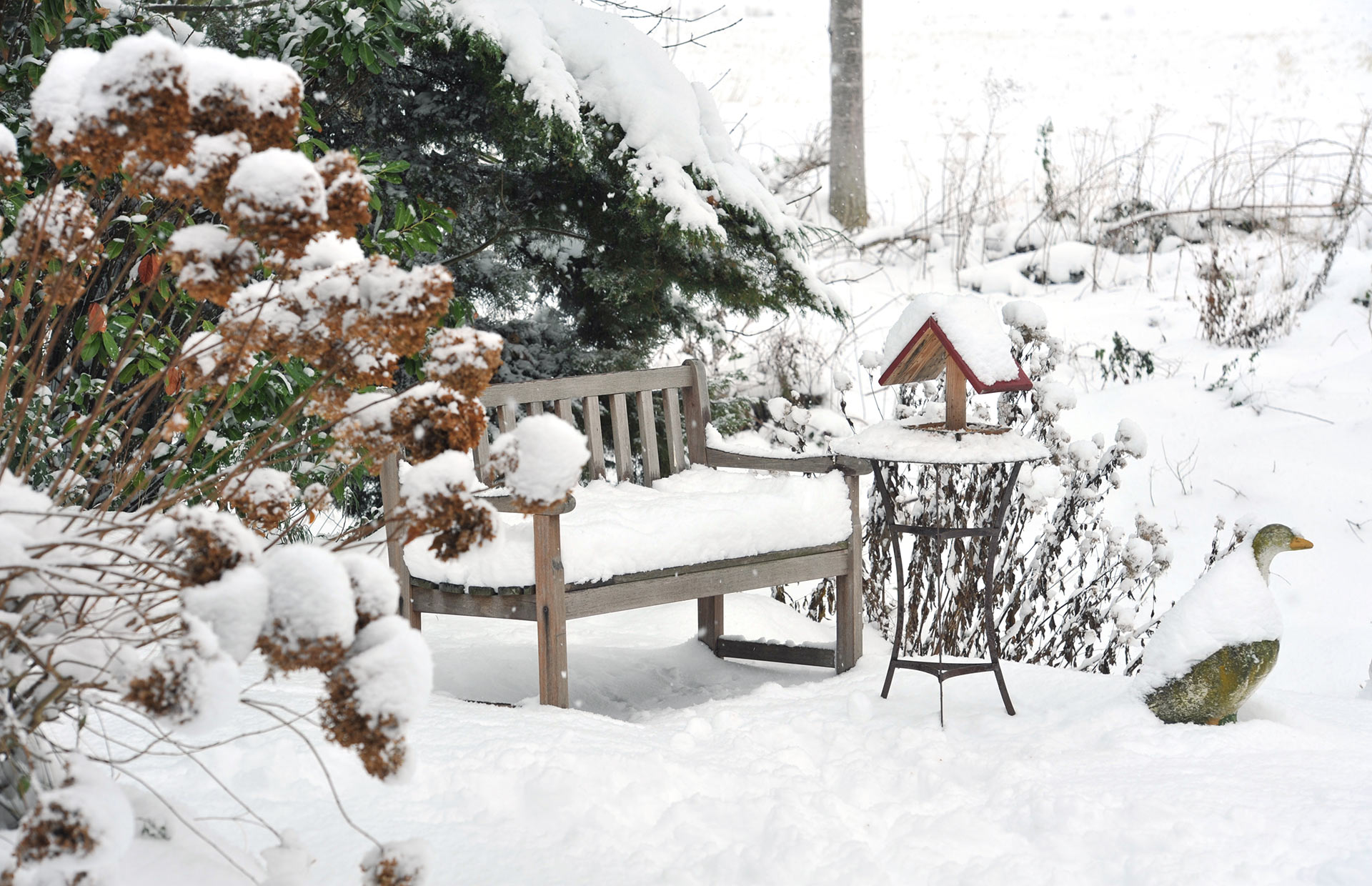
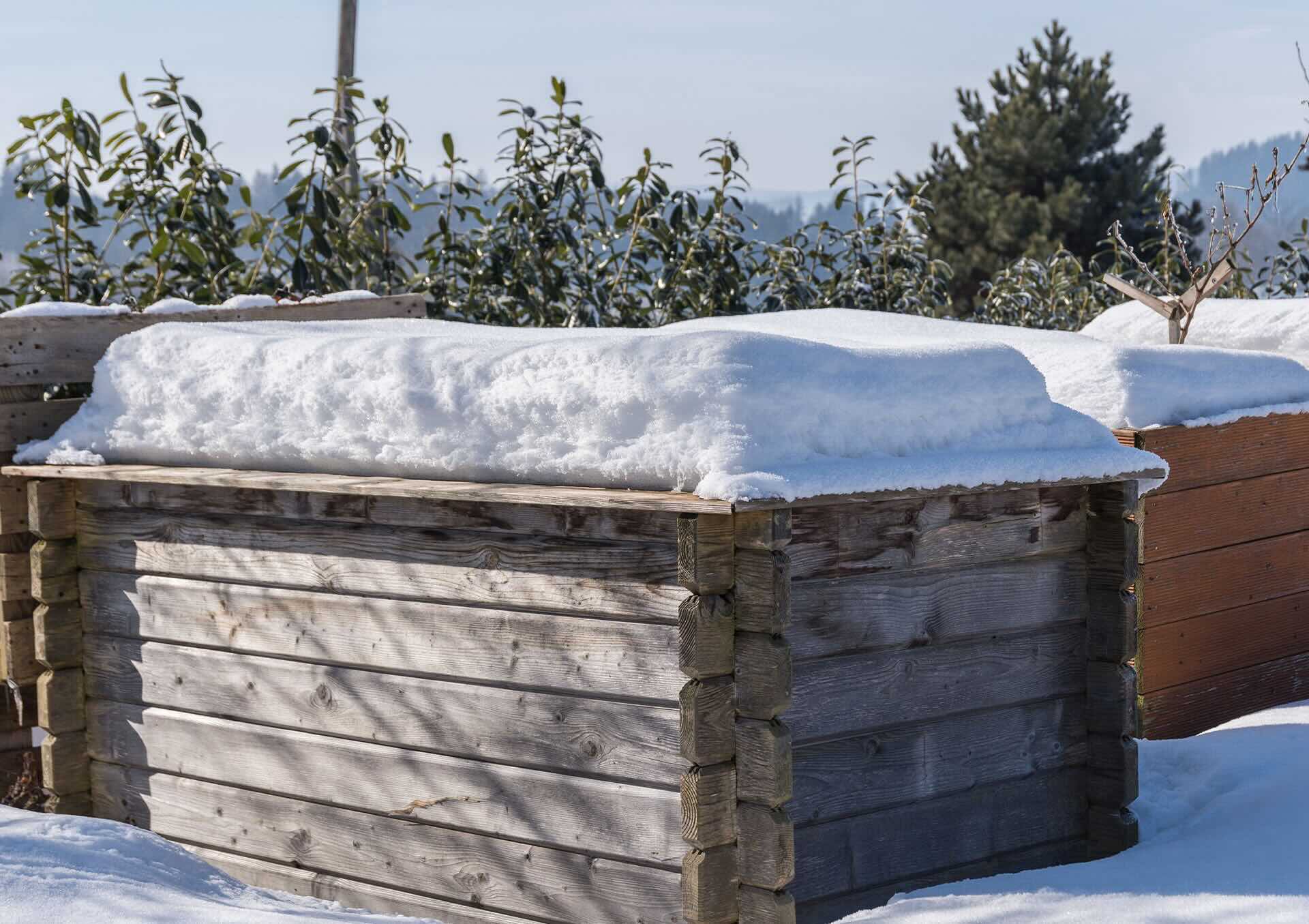


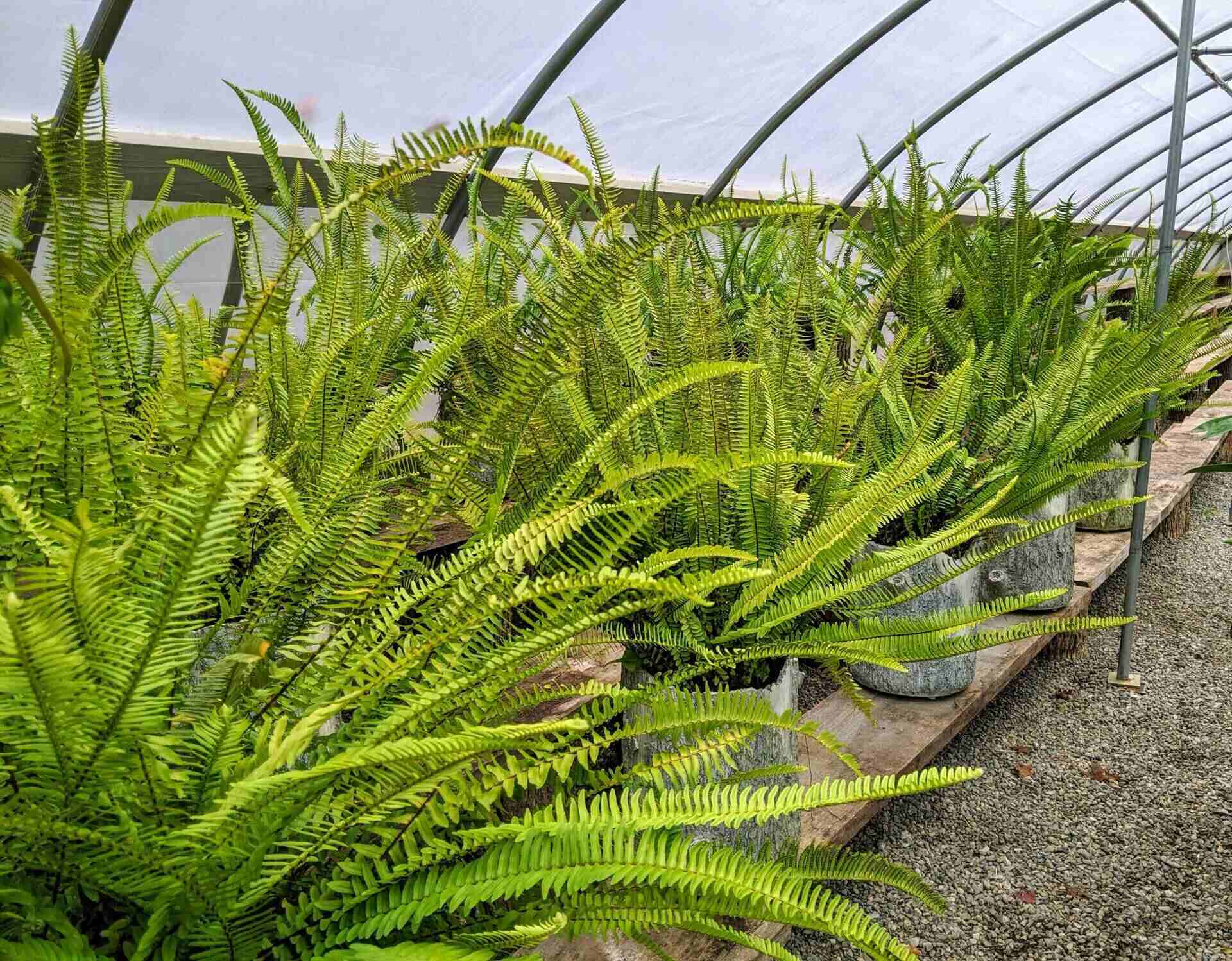
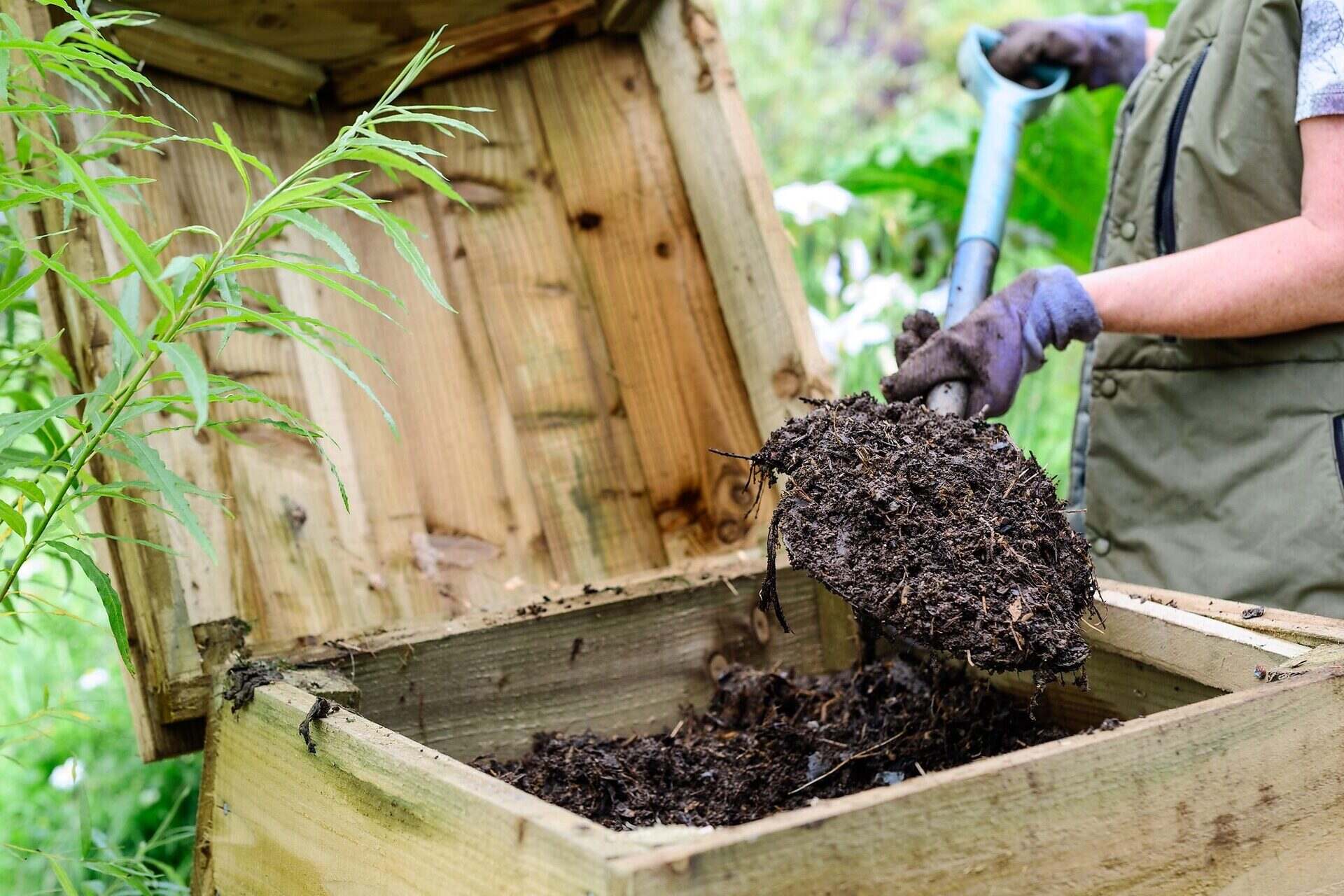
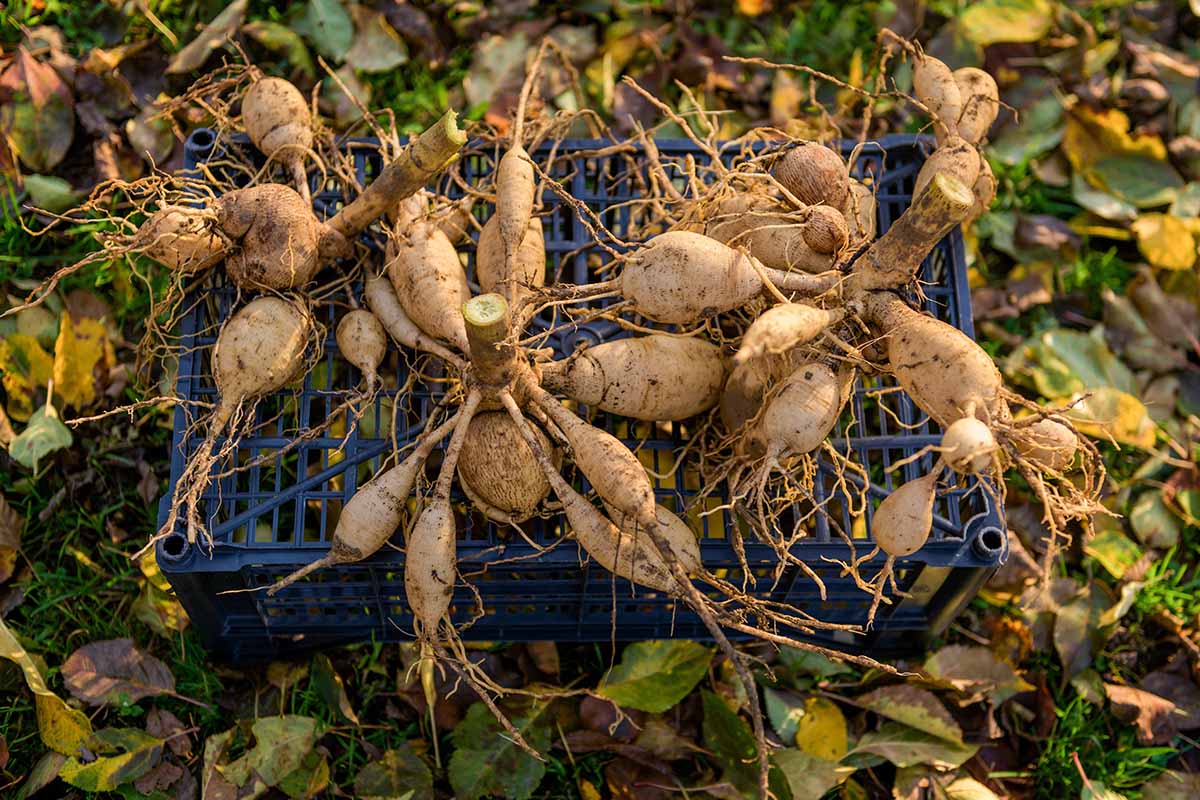

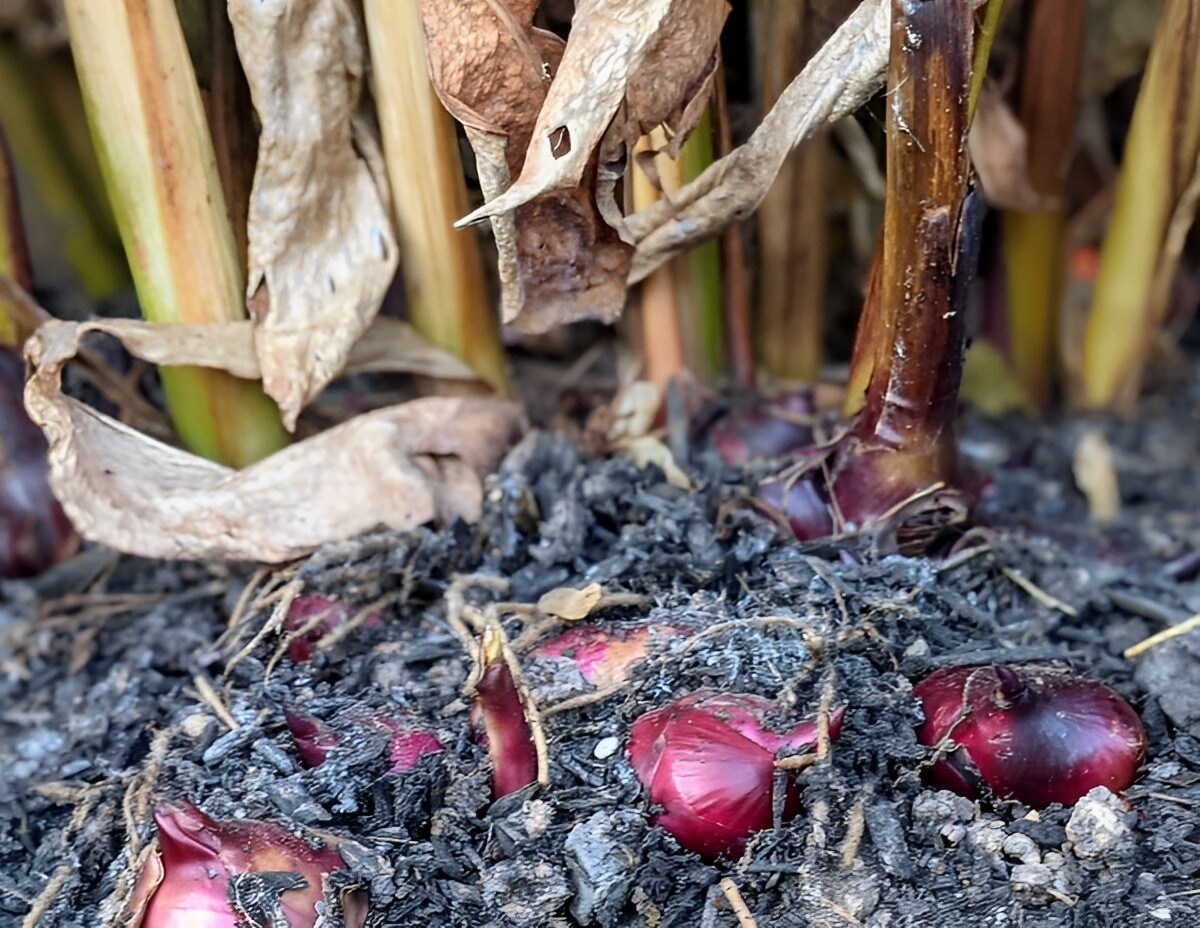

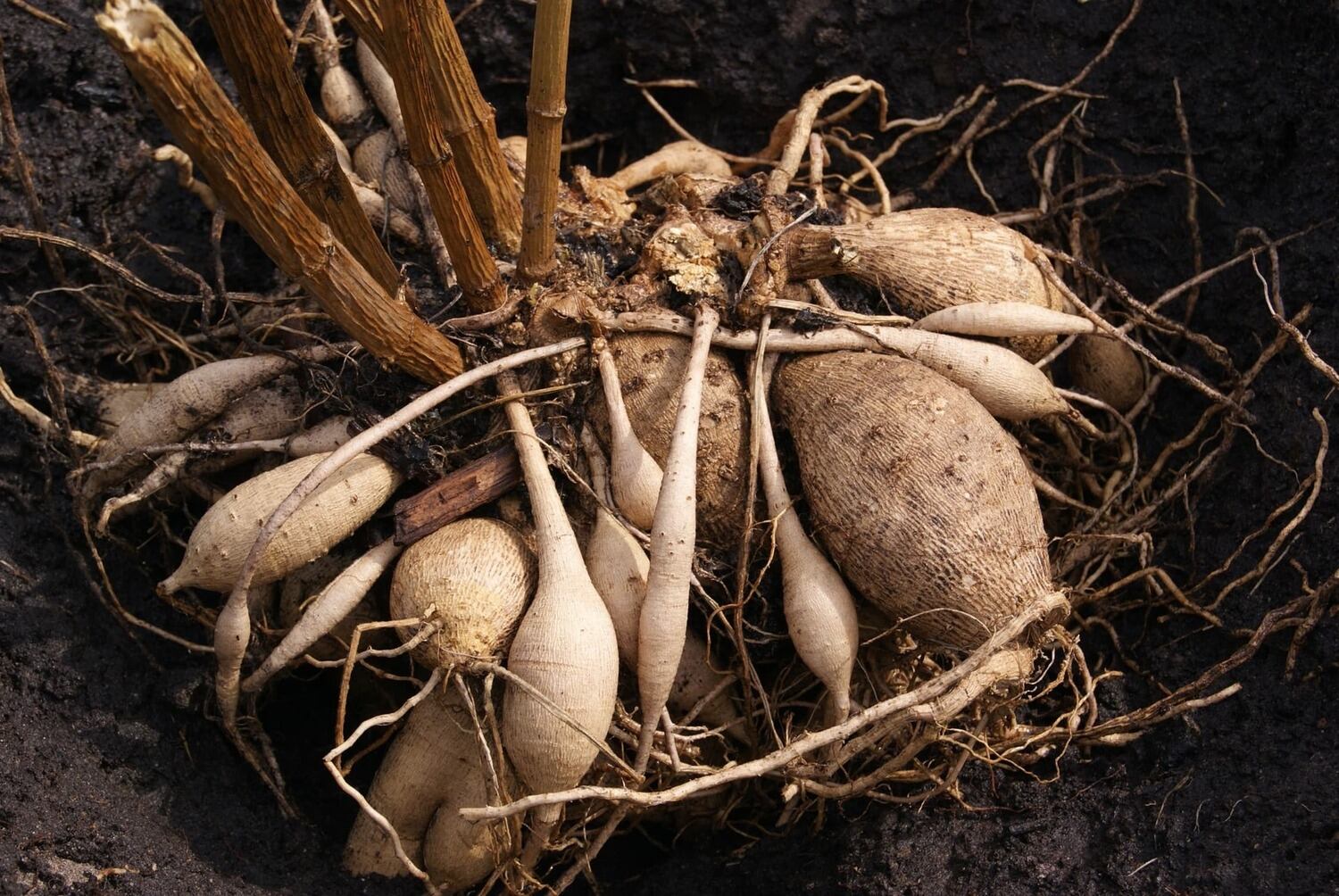
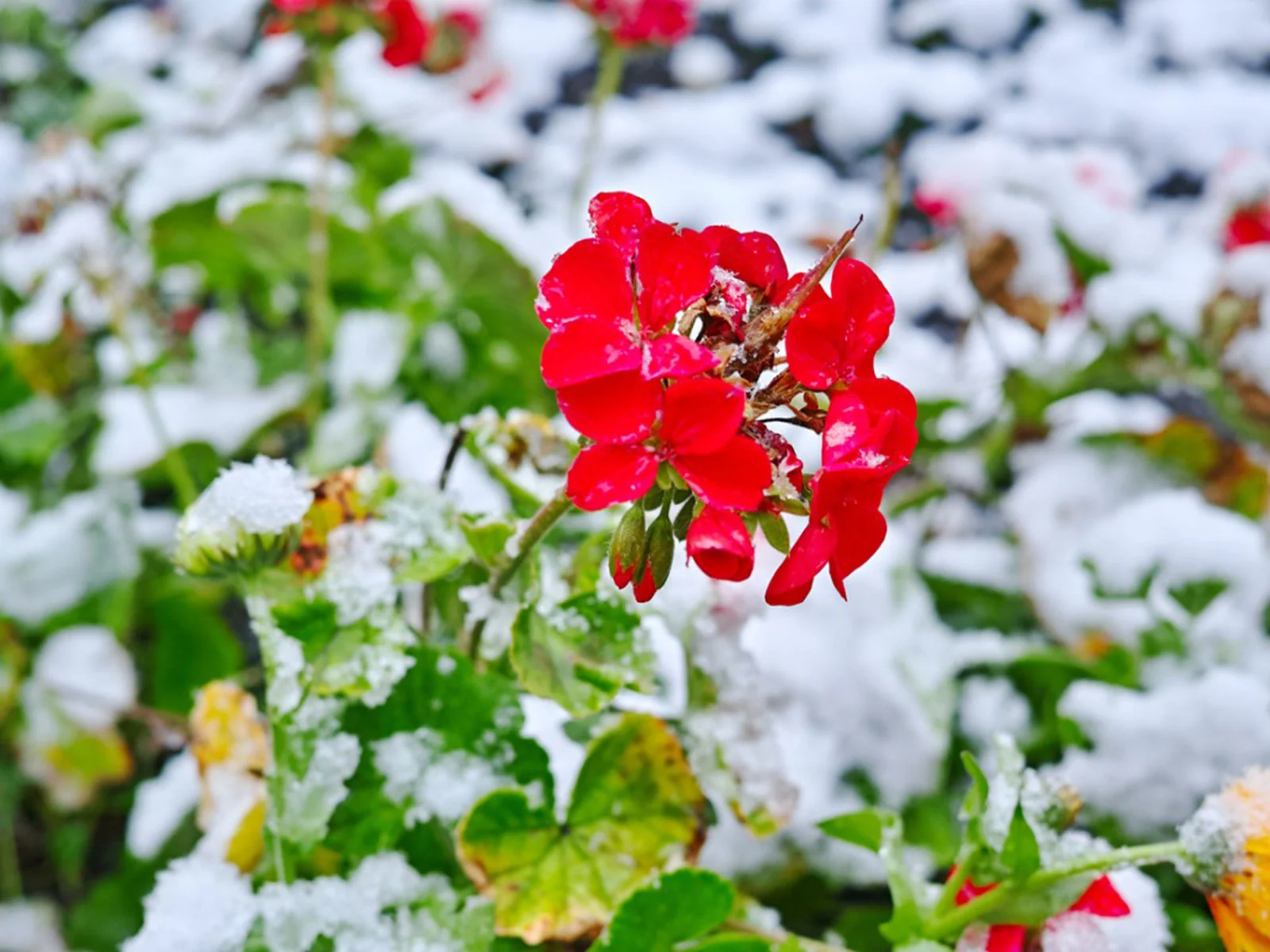

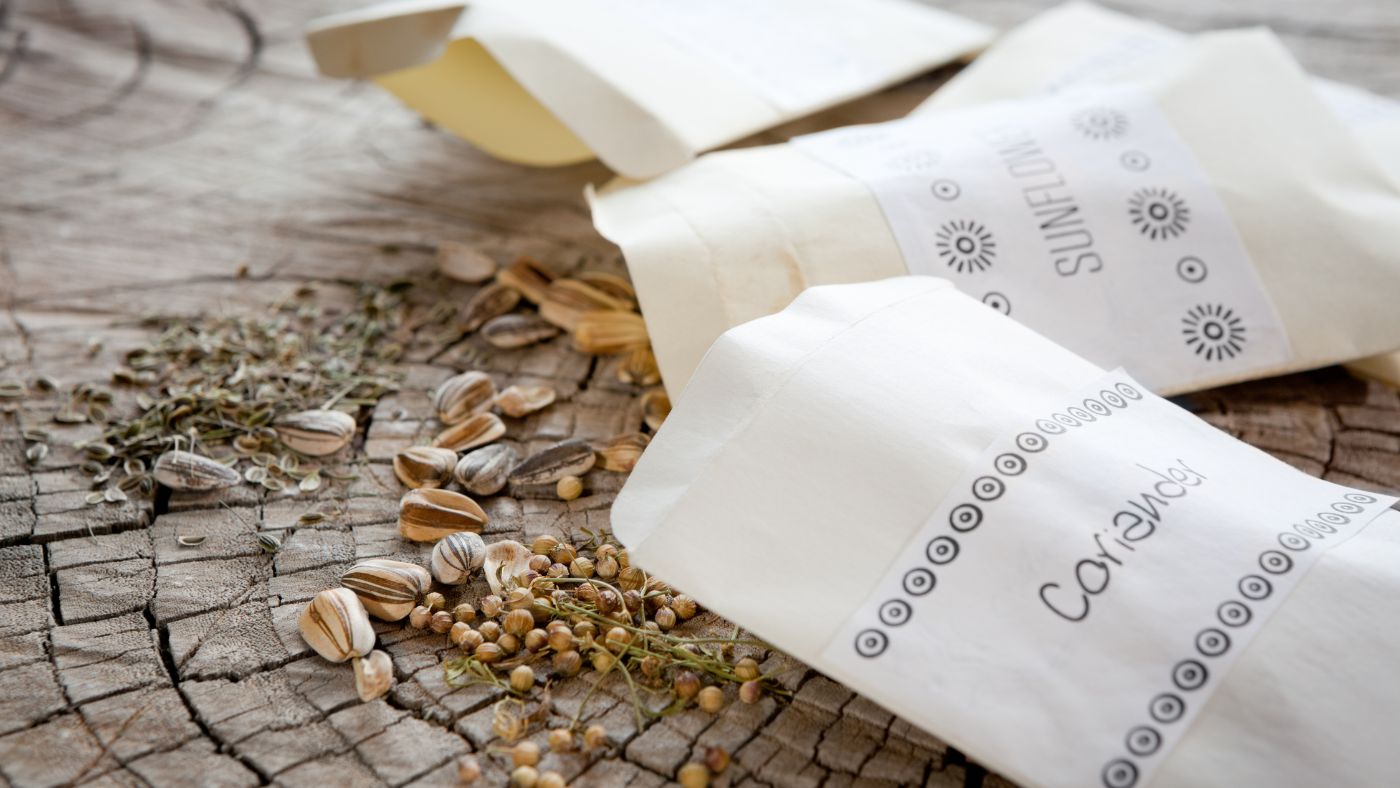

0 thoughts on “How To Winterize Garden Mums”